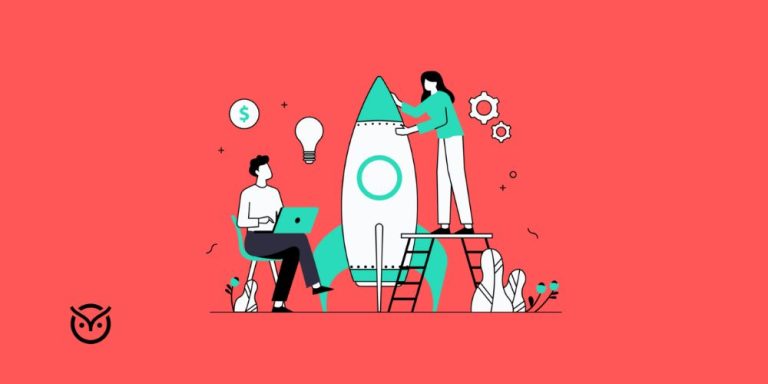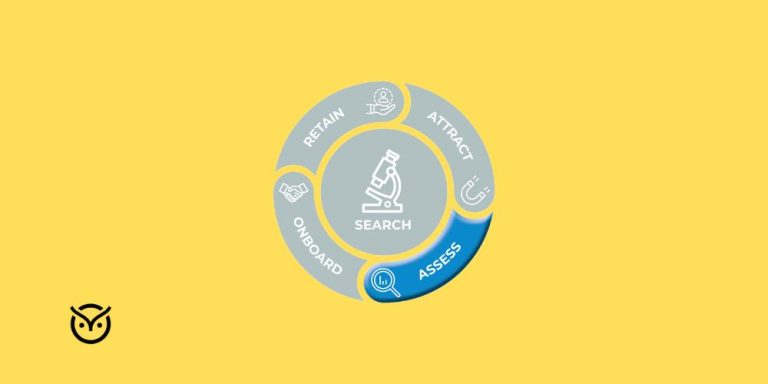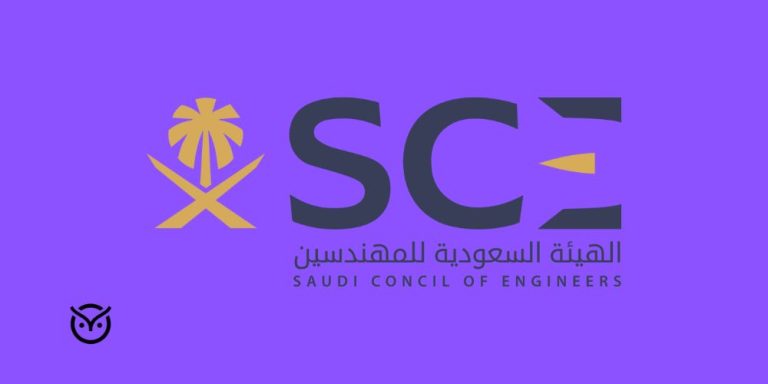Top Candidate Assessment Tips for Effective Hiring

TL;DR
- Apply top candidate assessment tips for effective hiring to stay ahead.
- Combine human insight with data analytics and talent assessment platforms.
- Learn which tools work best and when to use them.
- Use alternatives to traditional talent assessments to enhance experience.
- Evaluate skills, culture fit, and key data points.
- Turn results into accurate hiring through analytics and integrations.
Hiring feels like fishing in a polluted lake because it includes lots of candidates, few actual catches, and you’re not sure which bait works. The pressure to get it right is higher than ever. That’s why using top candidate assessment tips for effective hiring matters: you’ll weed out the weak fits and find the ones who actually deliver.
In this blog, you’ll explore how the assessment landscape is changing, what types of tools to consider (and when), innovative alternatives to the old tests, how to evaluate candidates more fully, and how to use integration and data analytics to turn good hiring into great hiring.
Understanding Candidate Assessment in 2025
Hiring in 2025 is less about guesswork and more about being guided by facts. For example, 76% of employers say they are still struggling with the skills gap. Meanwhile, studies show that 88% of organizations now use some form of AI in their hiring process, and 80% of companies with high-volume hiring say AI interview tools help reduce time-to-hire.
What does this mean for you? The value of data analytics is rising. So, tracking what works in your assessment process, what doesn’t, and what tool integrations (for example, with your applicant tracking system) give you the clearest view of candidate performance. Also, tools like AI tools for talent assessment and AI psychometric assessment are no longer optional. They’re part of the modern hiring toolkit.
Types of Assessment Tools and When to Use Them
Skills tests and technical assessments
When you need to know if a candidate can do the job, not just talk about it, you turn to skills tests. These tools help answer “what tools are most effective for candidate assessment” by objectively measuring aptitude, domain knowledge, or coding ability. For example, platforms such as HackerRank and Mettl offer libraries of tests for technical and non-technical roles.
Psychometric, behavioral, and situational-judgment tools
You’ll ask “how to evaluate a candidate” beyond just their skillset. This is where personality assessments and scenario-based tests come in. They help you measure factors such as resilience, teamwork, and decision-making. The rise of AI psychometric assessment means that behaviours and traits can now be quantified in a meaningful way.
Interview-based assessments (structured interviews and tools)
During interviews, you apply interview feedback tips for talent assessment: use consistent questions, standard scoring rubrics, and record data points. If you’re asking “what are the best methods to assess candidates during interviews,” you’ll find that structured interview tools and recording feedback in platforms (so you can compare across candidates) are recommended.
When to use what
- For entry-level, high-volume roles, start with skills tests and a short screening.
- For mid-level or critical roles, blend a psychometric assessment, a structured interview, and a role-specific test.
- For senior hires, you’ll use deeper behavioural tools, scenario simulations, and data analytics from past assessments.
Top Alternatives to Traditional Talent Assessments
Traditional assessments (long manual tests, unstructured interviews) are losing favour. Let’s cover the top alternatives to traditional talent assessment tools for better candidate experience.
- Gamified assessments: These are fun, interactive, simulate real job tasks, and keep candidate engagement up. They answer “what type of assessment tools should be included for a modern approach. According to one 2025 trend list, gamified tests are among the top emerging candidate-assessment trends.
- Video and mobile assessments: Allow candidates to complete parts of the process remotely on their schedule.
- On-the-job simulation tools: Instead of generic tests, candidates perform real job-relevant tasks in a short form, and you observe their approach.
- Adaptive assessments powered by platforms: This is where talent assessment platforms shine. They adjust difficulty, track performance data, integrate with your systems (like an ATS), and provide better insights.
- Holistic candidate experience tools: Rather than heavy exams, you might offer feedback, shorter assessments, and precise progress tracking, which improves brand and retains candidate goodwill.
When considering alternatives, key questions are: “Can you suggest tools for assessing candidates effectively?” and “Compare talent assessment platforms by integration options and API flexibility.” Good platforms offer API access, analytics dashboards, integration with your ATS, LMS, and HR system, so you don’t manage data in silos.
How to Evaluate a Candidate Holistically
A good hire isn’t just the person who scores highest on a test. Evaluating a candidate holistically means combining skill, mindset, and fit. The goal is to look beyond scores and understand potential.
Start with data analytics to understand trends from past hires. Did high scorers perform better over time, or did cultural fit matter more? Combine numbers with observation. For example, during interviews, track body language, communication clarity, and how candidates solve real-world tasks. Structured scoring helps you remove bias and maintain consistent evaluations.
Next, blend AI tools for talent assessment with human judgment. AI can quickly analyze large data sets, such as skills, response time, and behavioral patterns, but human reviewers catch nuances like motivation or adaptability that algorithms miss. When used together, they build a clearer picture.
Lastly, check cultural and team alignment. Ask how candidates handle conflict or adapt to fast changes. This ensures you are not just hiring for skills but long-term stability.
Data Analytics: Turning Assessment Insights into Hiring Accuracy
Most recruiters collect candidate data but never truly use it. Talent assessment platforms now make it possible to view all your assessment results, interview scores, and feedback in a single view. You can see which sources produce top performers and which assessments predict success.
If you are wondering “what data points do top hiring assessment tools track during the candidate process?”, the list includes:
- Skill proficiency (quantitative test scores)
- Behavioral indicators (decision-making, stress response)
- Interview ratings
- Time-to-complete metrics (indicates engagement)
- Post-hire performance scores
Modern assessment systems also answer the question: “Compare talent assessment platforms by integration options and API flexibility.” Tools that connect directly to your HR software, ATS (Applicant Tracking System), and learning platforms save time and prevent data silos.
A holistic, data-driven hiring process doesn’t replace intuition. It supports it. The more connected your data, the more accurate your hiring calls become.
Conclusion
Assessments have evolved from guesswork to data-driven science. The best recruiters today don’t rely on one test or gut instinct. They combine top candidate assessment tips for effective hiring with smart integrations and consistent feedback loops.
Hiring works best when you mix skill checks with common sense. Good assessments show who can actually do the job. Careful analysis proves whether they’ll fit the team. Feedback from each round helps you spot what to fix next time. The best hiring teams know balance matters most. Let data guide you, but keep your instincts close, and use smart tools to bring in people who’ll grow with your company.
FAQs
Clear answers to help you run a fair and accurate hiring process.
They can be more consistent and scalable. AI reduces human bias, analyzes behavior more quickly, and offers deeper insights, but still requires human oversight to ensure fairness.
Engagement levels during tests, time to complete, and post hire performance correlation are often ignored even though they predict retention and success.
Integrations unify applicant data across platforms. This reduces manual work and keeps insights from interviews, skills tests, and psychometric tools connected.
Over testing can cause fatigue and a poor candidate experience. Keep the process lean, relevant, and time sensitive.
Yes, when paired with post hire data. Ongoing feedback and performance tracking help you learn which signals forecast success.
They make the process interactive and less stressful. Candidates stay engaged and you still capture measurable behavioral insights in real time.






